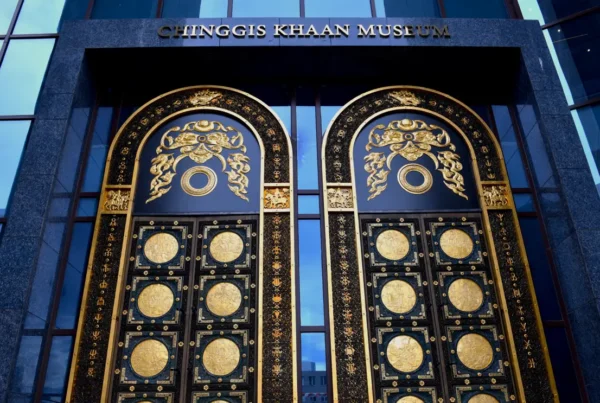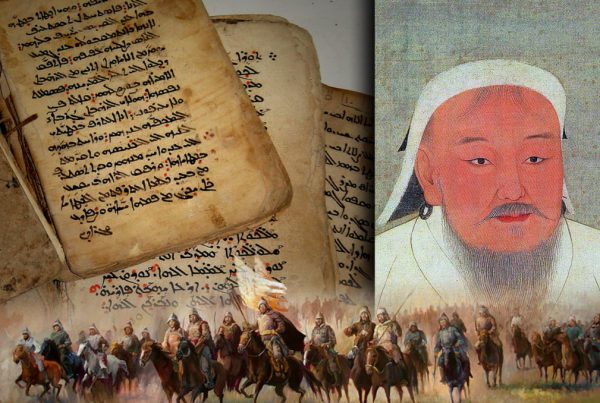About Ulaanbaatar, Mongolia – The Heart of the Land of the Eternal Blue Sky
Ulaanbaatar (also spelled Ulan Bator), meaning “Red Hero” in Mongolian, is the vibrant capital and largest city of Mongolia. Home to over 1.3 million residents—nearly half of the country’s total population—Ulaanbaatar is the political, cultural, economic, and transportation hub of Mongolia.
Where is Ulaanbaatar Located?
Situated in north-central Mongolia, Ulaanbaatar lies at an elevation of approximately 1,350 meters (4,430 feet) above sea level, nestled in a scenic valley along the Tuul River, near the Bogd Khan Uul mountain. This location offers a unique mix of rugged natural beauty and urban development, creating a one-of-a-kind destination for travelers.
A City with Deep Historical Roots
Founded in 1639 as a nomadic Buddhist monastic center, Ulaanbaatar originally moved locations 28 times before permanently settling in its current location in 1778, at the confluence of the Tuul and Selbe Rivers. Over the centuries, the city evolved from a spiritual retreat into a modern industrial center during the 20th century.
Today, Ulaanbaatar is a fascinating blend of traditional Mongolian culture and fast-paced modernization.
Geography & Climate of Ulaanbaatar
Ulaanbaatar is located on the boundary between the steppe zone and the forest-steppe zone, with the majestic Bogd Khan Uul mountain forming a natural backdrop to the city. This protected area—recognized as one of the oldest nature reserves in the world—features lush forests of pine, birch, elm, willow, and larch.
The city shares a similar latitude with Vienna, Munich, and Orléans, and a longitude with cities like Chongqing, Hanoi, and Jakarta, making it a surprisingly central point in the Eurasian landmass.
Climate Overview
Ulaanbaatar is known for having one of the most extreme climates of any capital city in the world:
Winters are long, dry, and bitterly cold, with temperatures dropping as low as −40°C (−40°F).
Summers are short but warm and pleasant.
The majority of the annual precipitation (267 mm / 10.5 inches) occurs between June and September.
The average yearly temperature is just −0.4°C (31.3°F), earning Ulaanbaatar the title of the coldest capital city in the world.
How to Get to Ulaanbaatar
The city is well connected via major transport routes. It serves as the central hub for Mongolia’s road network and is linked to the Trans-Siberian Railway in Russia and the Chinese railway system, making overland travel accessible and scenic.
Top Things to Do in Ulaanbaatar
When visiting Ulaanbaatar, travelers can explore a wide range of attractions, including:
Gandan Monastery – The spiritual heart of Mongolian Buddhism
National Museum of Mongolia – Explore the country’s rich nomadic heritage
Sukhbaatar Square – The city’s main square, named after a national hero
Zaisan Memorial – A hilltop monument offering panoramic views of the city
Bogd Khan Palace Museum – The former winter residence of the last Mongolian king
Local markets and traditional performances – Experience Mongolian culture firsthand
Ulaanbaatar is much more than a stopover—it’s a destination that offers insight into Mongolia’s fascinating past, dynamic present, and hopeful future. Whether you’re an adventurer, a history enthusiast, or a cultural traveler, Ulaanbaatar welcomes you with open arms. Check out our 1-day Ulaanbaatar tour here.



